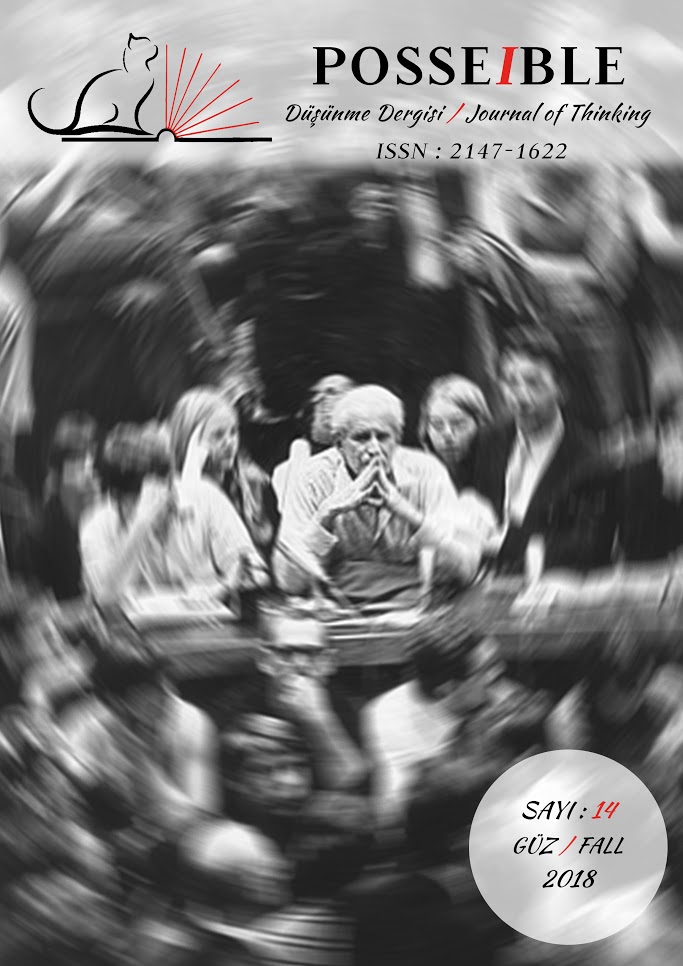Edward Said’s Contribution to The “Spatial Turn”
DOI:
https://doi.org/10.5281/zenodo.7419546Keywords:
Space, Spatial Turn, Edward Said, Imagined geographies, History and Philosophy of GeographyAbstract
Beyond being just a fad, the process of “Spatial Turn” whose roots date back to 1970s and that experienced its heydays during 1990s has left a significant effect on the studies pertinent to space. Contrary to the previous trends, this rapprochement process between human geography and social theory covers a different “space” discussion. On the other hand, the very same process can also be viewed as the reconciliation of the disciplines that view the “space” as a common research ground. Edward
Said can be viewed as the pioneer of spatial turn in postcolonial and cultural studies. Inspired of his own life story, Said’s path- breaking approaches and conceptions (like “imagined geographies”) mediated with the geographical habitus not only made a
revolutionary contribution to the understanding of politics and culture of the time but also paved the way for geography to open up itself to craved hot discussions. In other words, with the newborn interest in the “spatial”, both human geography and other fields that had ignored a critical geographical perspective till then attained new prospects. With this in mind, the major purpose of this paper is to create and expand an awareness in Turkish human geography literature for Said’s contribution and make its contributions to the spatial turn visible. In this paper, Orientalism (1978) and Culture and Imperialism (1983) have been chosen as the basic references for Said’s approach which is also critiqued with reference to various papers and views pondering on his approach. Taking Said’s notion “human not only makes his history but also his geography” as the starting point it is showed how memory/identity or rationality bound social space is produced structurally and relationally. Furthermore, spatial representation of hegemony and power and the intertwined structure of representation and (colonial) discourse is depicted. Finally, the viability of Said’s geographical conceptualizations as keys for explaining global-local dichotomy through a historical and geographical perspective will be demonstrated.








